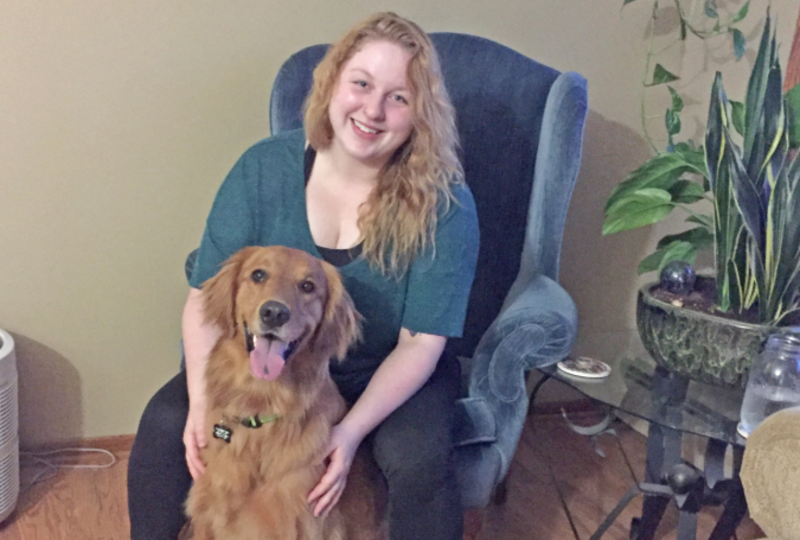Wonder Dog Saves Diabetic Patient's Life After Detecting Her Low Blood Sugar
Wonder Dog Saves Diabetic Patient's Life After Detecting Her Low Blood Sugar
“You think ... dogs will not be in heaven?” Robert Louis Stevenson once wrote, “I tell you they will be there long before any of us.” Stevenson, of Jekyll and Hyde fame, knows a few things about the dark side of human nature. Animals, on the other hand, offer humans a level of understanding, empathy, and loyalty. After all, 44% of American families own dogs and 29% of American families own cats. In addition to loyalty and companionship, there are some amazing animals that also provide protection.
There are two different types of assistance animals. The first type is a service animal. Only dogs and some miniature horses are legally recognized as service animals, and these animals are specifically trained to help people who have disabilities. These types of service animals are allowed in any public place, which may mean that you’ll find yourself next to a trained miniature horse at the local Starbucks.
On the other hand, emotional support animals are companions for people who suffer from mental health illnesses like depression or anxiety. While they generally don’t have rights, people can normally take these animals on a plane or in “no pets allowed” apartments.
The following women would be in totally different and more dire situations if not for their service animals. Here are their stories:
Madison Stangl and Willy the Wonder Dog
Madison Stangl, 28, was diagnosed with type 1 diabetes when she was a freshman in college. While the disease seemed manageable to her at first, it became clear that this was more than just a disease, but rather a new way of life. While her college peers were learning how to do laundry and figure out time management, Madison, a.k.a. Maddy, learned how to check her glucose with a monitor and identify signs of low blood sugar. If she experienced any of these signs, like sweating or dizziness, she would use an insulin pump to provide her body with the insulin that it wasn’t producing. In spite of all of this, Madison managed to live the life of an average college student (with a couple of extra responsibilities).
Once she hit her senior year in college, Maddy developed hypoglycemia unawareness. Hypoglycemia unawareness is a condition where people no longer exhibit any medical signs of hypoglycemia. As a senior in college, just at the beginning of her life, this news was anxiety-inducing.
“I wanted to live alone,” Maddy explained, “but I was terrified that I might fall into a coma in the middle of the night (a dangerous side effect of low blood sugar).”
Luckily, a family member told her that there were service dogs specifically trained to help people with diabetes. These miraculous canines are specially trained to sniff out any major drops or spikes in a person’s blood sugar levels by smelling a unique odor in someone's breath or sweat that only dogs can smell.
This is where Willy comes in. Read on to learn how this golden retriever changed Maddy's Stangl's life.
Photo source: Can Do Canines



